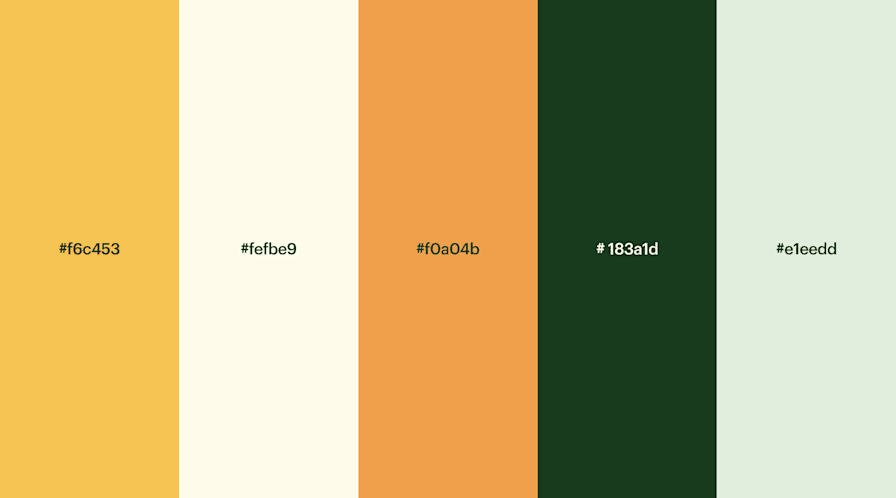Unveiling the Secrets of Ghosted Domains
Explore the intriguing world of expired domains and online opportunities.
Color Your World: The Secret Language of Website Schemes
Unveil the hidden impact of color schemes on your website! Discover how to captivate your audience and elevate your online presence.
Understanding Color Psychology: How to Choose the Right Color Palette for Your Website
Color psychology plays a crucial role in influencing how visitors perceive your website. Different colors evoke distinct emotions and reactions; for instance, blue is often associated with trust and professionalism, making it a popular choice for corporate sites. In contrast, warm colors like red and orange can stimulate excitement and urgency, which may be beneficial for e-commerce platforms. When choosing a color palette, consider your brand's identity and the message you want to convey. A harmonious blend of colors can enhance user experience and make your site visually appealing.
To effectively choose the right color palette, start by defining your brand's personality. You can follow these steps:
- Identify your audience: Understand the demographic details of your visitors.
- Explore color meanings: Research the psychology behind each color.
- Create a mood board: Assemble different shades and designs that resonate with your brand.
- Test your palette: Use tools to visualize how the colors work together on your website.
By thoughtfully selecting a color scheme that aligns with your brand and resonates with your target audience, you can effectively enhance your website's overall message and user engagement.

The Impact of Color Schemes on User Experience: What You Need to Know
The impact of color schemes on user experience is profound, as colors can evoke emotions, influence perceptions, and even drive actions. Effective color choices can enhance readability and usability, making websites more inviting for users. For instance, research indicates that specific colors can enhance the user experience by creating a sense of trust and calmness. Colors such as blue are often associated with reliability, while green can evoke feelings of tranquility and peace. By understanding the psychological effects of colors, web designers can strategically select palettes that not only reflect the brand's identity but also improve user engagement.
Moreover, the implementation of accessible color schemes is crucial for inclusivity. It's imperative to consider users with visual impairments, such as color blindness, as well as those who prefer a high contrast experience. Designers can achieve this by:
- Utilizing color combinations that are easily distinguishable
- Testing the website's appearance using various accessibility tools
- Providing alternatives, like text labels or patterns, for important visual elements
By prioritizing these aspects, a website's user experience can be significantly enhanced, ensuring it caters to a broader audience while maintaining aesthetic appeal.
Can Your Website's Color Scheme Influence Conversion Rates?
The color scheme of your website plays a crucial role in influencing user behavior and, consequently, conversion rates. Colors evoke emotions and can guide visitors' perceptions of your brand. For example, blue is often associated with trust and reliability, while red can create a sense of urgency. By strategically choosing your website's color palette, you can align with the feelings you want to evoke in your audience, ultimately motivating them to take action.
Furthermore, it’s essential to consider the contrast and harmony within your color scheme. A high-contrast color pairing can enhance readability, making it easier for visitors to navigate your site. On the other hand, a well-balanced color palette can create a visually appealing experience, encouraging users to stay longer and explore. Don't underestimate the power of color psychology in your web design; it may just be the key to boosting your conversion rates.